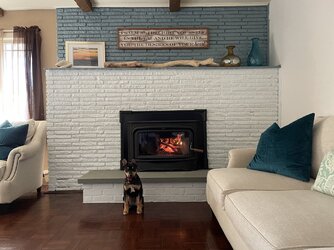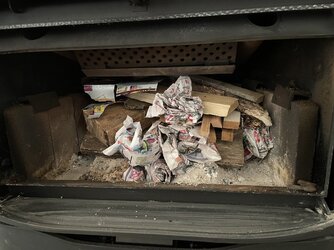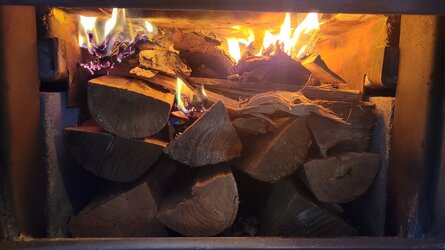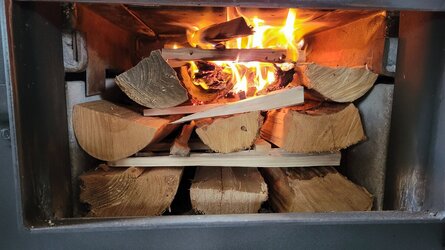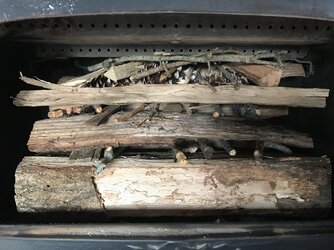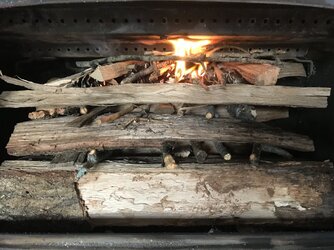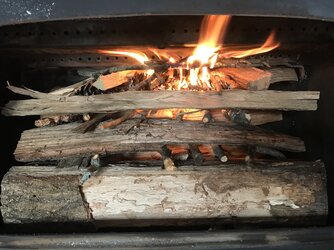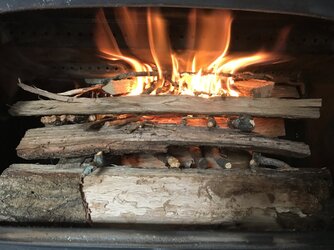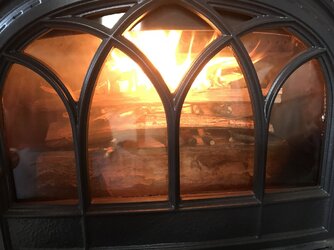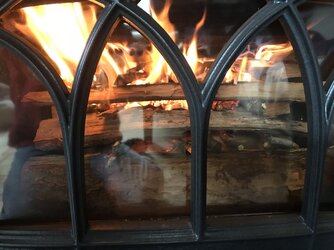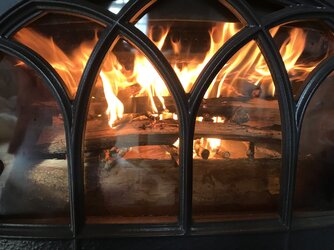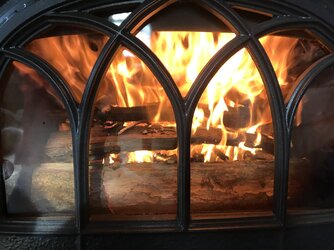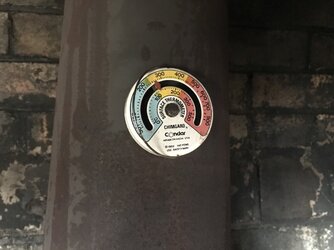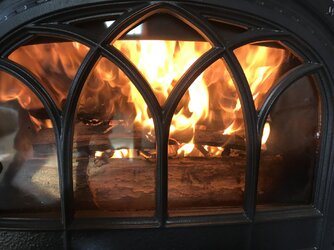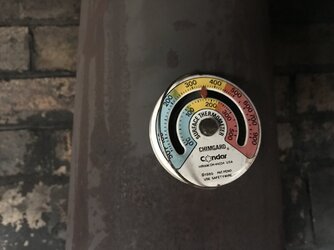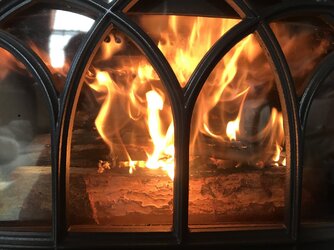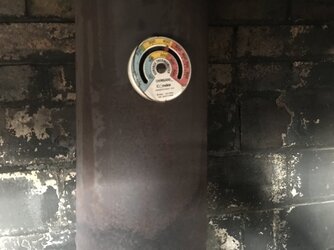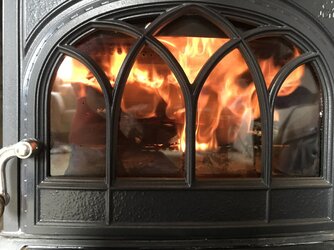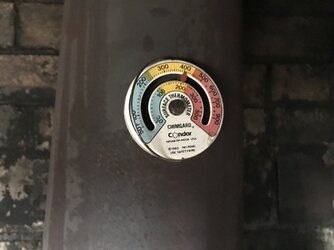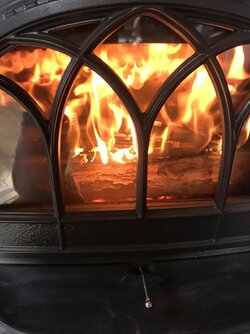Draughts15
Member
I've tried the top down method a handful of times and do like it but I've run into some issues. I'm able to get the fire going with secondary burns but when the fire starts working it's way down to the bottom logs coals pile up and the bottom splits turn black and it starts smoldering. The flue temp drops into the creosote buildup temps and I'm having to tend to the fire more, closing and opening the air control. Theres no way i could turn the air down like i normally do with a bottom up fire and let it go for hours at a time. Any suggestions?


